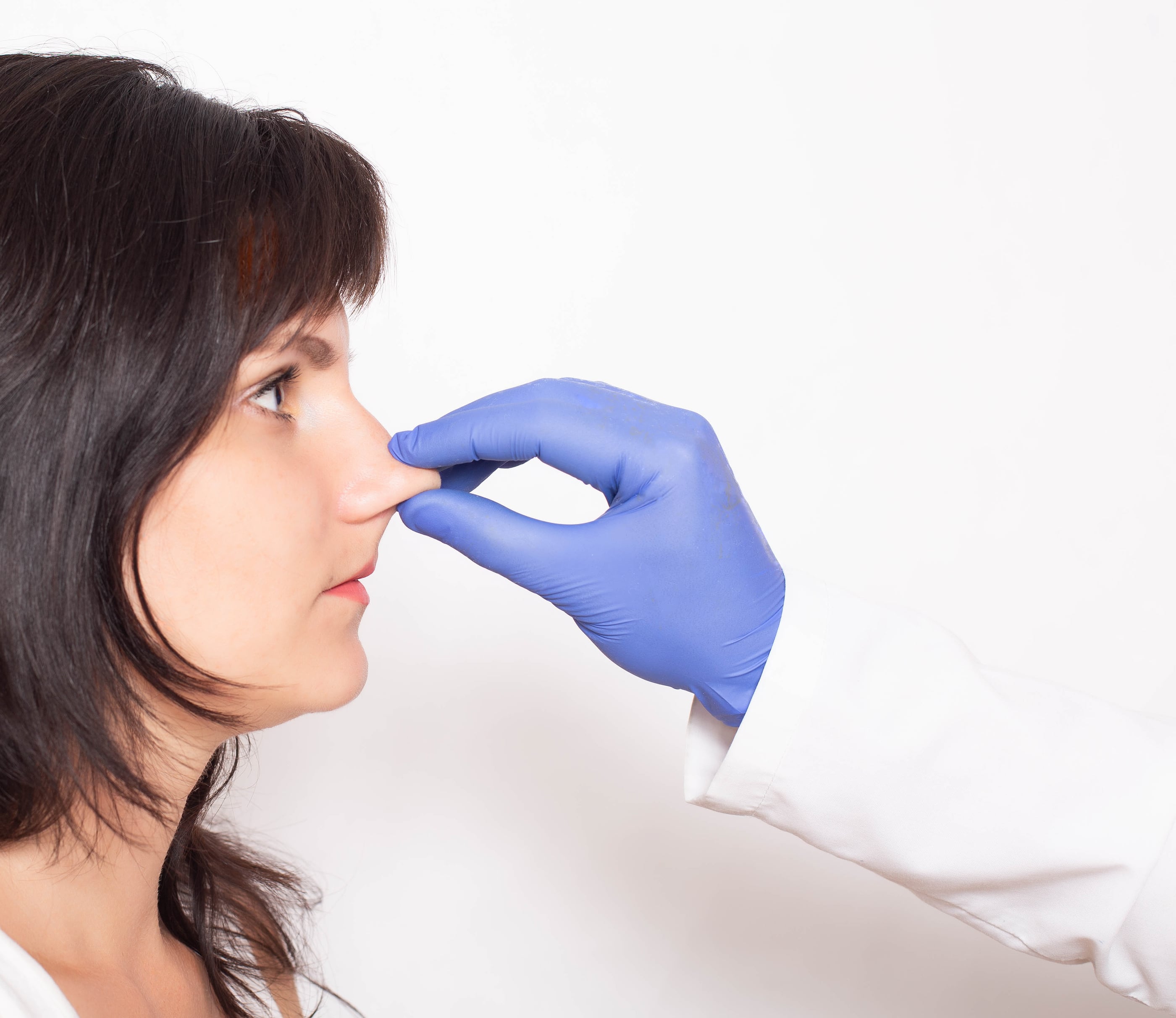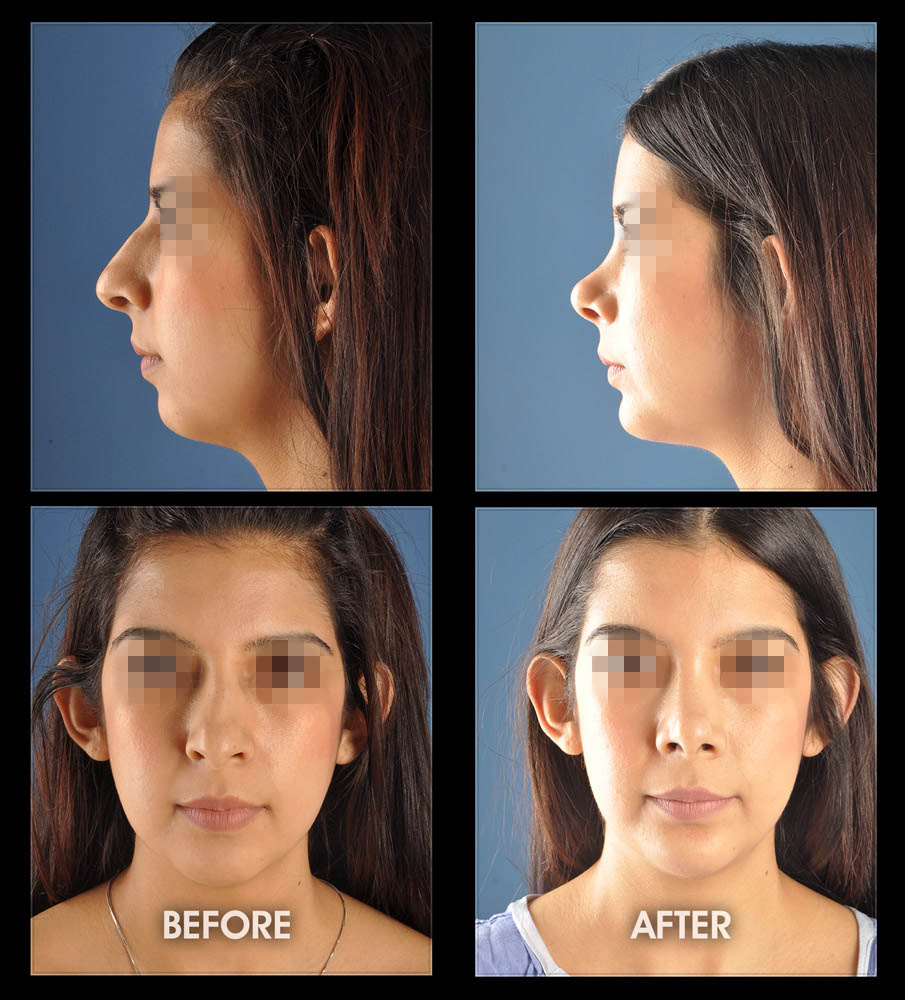All About Rhinoplasty Austin Tx
Table of ContentsThe Facts About Rhinoplasty Austin Tx RevealedThe Basic Principles Of Rhinoplasty Surgeon Austin
The design template is turned 180 degrees and positioned over the distal (far) part of the axis of the skin flap; the surgeon describes it with a surgical marker. The summary markings are continued proximally and parallel to the central axis, preserving a 2-cm width for the proximal flap. Without applying an injection of anaesthetic epinephrine, the flap is incised (cut), and the distal one-half is elevated between the frontalis muscle and the subcutaneous fat.The dissection continues toward the brow and the glabella (the smooth prominence between the eyebrows) till the skin flap is sufficiently mobile to enable its relaxed transposition upon the nose. Under loupe magnification, the distal part of the forehead flap is de-fatted, to the subdermal plexus. Yet, the fat-removal needs to be conservative, specifically if the patient is either a tobacco smoker or a diabetic, or both, since such health elements negatively affect blood circulation and tissue perfusion, and therefore the prompt and correct healing of the surgical scars to the nose.

Surgical strategy the septal mucosal flap The surgeon cuts the anteriorly based septal mucosal tissue-flap as extensively as possible, and then releases it with a low, posterior back-cut; however just as required to enable the rotation of the tissue-flap into the nasal injury. The cosmetic surgeon measures the dimensions (length, width, depth) of the nasal wound, and after that marks them upon the nasal septum, and, if possible, includes an extra margin of 35 mm of width to the injury measurements; moreover, the base of the mucosal tissue flap need to be at least 1.
The cosmetic surgeon then makes 2 (2) parallel incisions along the flooring and the roofing of the nasal septum; the cuts assemble anteriorly, towards the front of the nasal spinal column. Using an elevator, the flap is dissected in a sub-mucoperichondrial aircraft. The (far) distal edge of the flap is cut with a right-angle Beaver blade, and then is transposed into the injury.
A technical version of the septal mucosal flap strategy is the Trap-door visit our website flap, which is used to rebuild one side of the upper half of the nasal lining. It is emplaced in the contralateral nasal cavity, as a superiorly based septal mucosal flap of rectangle-shaped shape, like that of a "trap-door".
The surgeon raises the flap of septal mucosa to the roofing system of the nasal septum, and then traverses it into the contralateral (opposite) nasal cavity through a slit made by getting rid of a small, narrow portion of the dorsal roofing system of the septum. Later on, the septomucosal flap is extended across the wound in the mucosal lining of the lateral nose - rhinoplasty surgeon austin.
The Facts About Rhinoplasty Surgeon Austin Revealed
I. Partial-thickness defects A partial-thickness defect is an injury with appropriate soft-tissue protection of the underlying nasal skeleton, yet is too large for main intent closure, with sutures. Based upon the place of the injury, the cosmetic surgeon has 2 (2) options for correcting such an injury: (i) recovery the wound by secondary intent (re-epithelialisation); and (ii) healing the wound with a full-thickness skin graft (austin rhinopasty surgeon).
In the occasion, larger nasal wounds (flaws) do effectively recover by secondary intention, however do present 2 disadvantages. First, the resultant scar typically is a broad spot of tissue that is aesthetically inferior to the scars produced with other nasal-defect correction strategies; however, the skin of the median canthus is an exception to such scarring.

Yet, nasal correction with a skin graft collected from the client's neck is not suggested, because that skin is low-density pilosebaceous tissue with extremely couple of roots and sebaceous glands, hence is unlike the oily skin of the nose. The technical advantages of nasal-defect correction with a skin graft are a short surgical treatment time, an easy rhinoplastic strategy, and a low occurrence of tissue morbidity.
